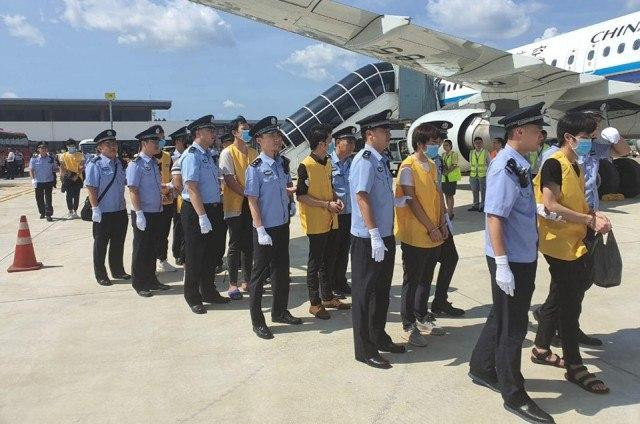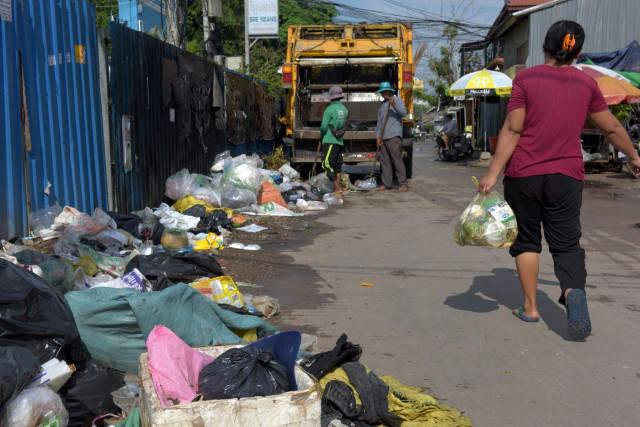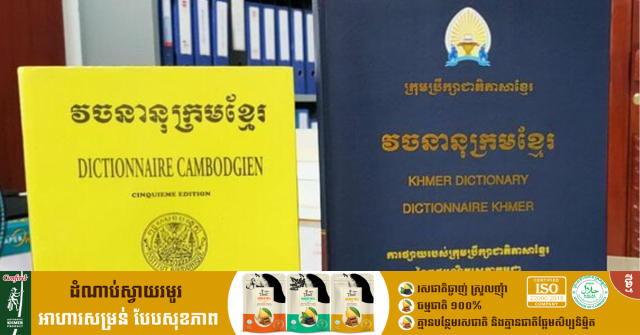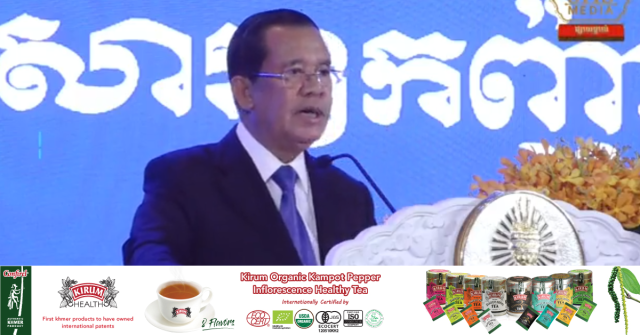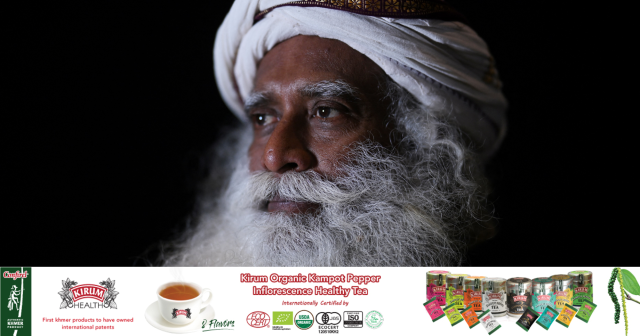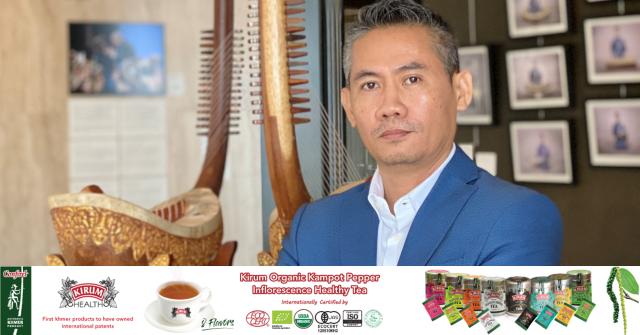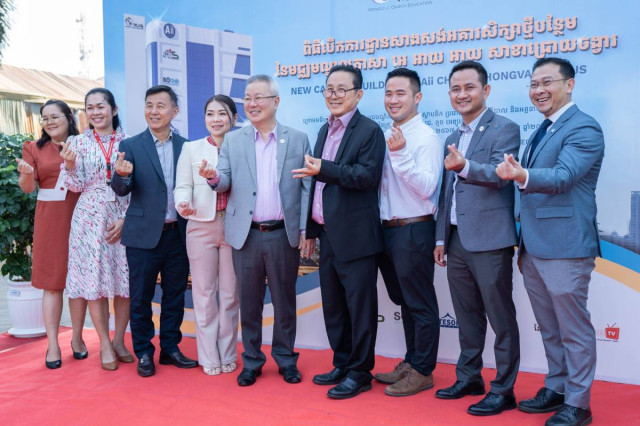The Causeway of Angkor Wat Temple Is Officially Reopened
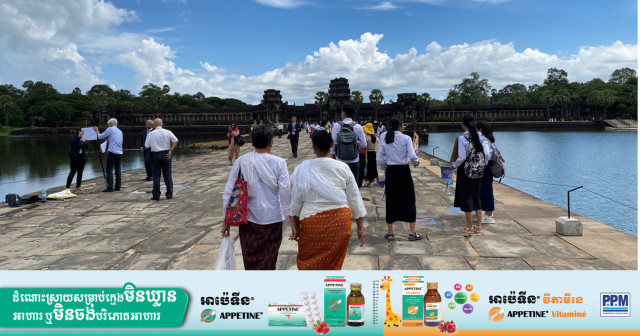
- By Teng Yalirozy
- November 4, 2023 6:30 PM
PHNOM PENH — King Norodom Sihamoni on Nov. 4 officially inaugurated the causeway of the Angkor Wat temple, enabling it to resume its function as a main entrance to the temple after being under restoration for 19 years.
During his speech at the event, King Sihamoni commended Sophia University in Tokyo and the Japanese government for their support and cooperation in restoring the bridge, noting “the inauguration now is a historic event of universal value.”
King Sihamoni also stressed the importance of continuing to develop Cambodia’s human resources in archeological research and monument restoration as part of the efforts to protect the country’s cultural heritage.
“I would like to encourage and support the continued development of human resources in the field of conservation and research of Cambodia in all forms with the institutions of Japan as well as with national and international partners, this, in line with the vision of the new Pentagon strategy of the Royal Government,” he said.

Cambodia and Japan are celebrating this year 70 years of diplomatic relations, which King Sihamoni described as a deep and strong friendship since Cambodia gained its independence in 1953.
“I sincerely thank Japan for, in the past 30 years, as co-chair, leading the plenary sessions and technical sessions of the International Coordinating Committee for the Safeguarding and Development of the Historic Site of Angkor (ICC-Angkor) and Sambor Prei Kuk with high responsibility,” he said. King Sihamoni was referring to the fact that Japan has played a leading role in the restoration of temples at Angkor after the Angkor Archeological Park was listed as a UNESCO World Heritage Site in December 1992, and Sambor Prei Kuk in July 2017.
Also speaking at the inauguration event, Minister of Culture and Fine Arts Phoeurng Sackona said that, without the support of international partners and Japan, the restoration project of the bridge would not have been accomplished.
“During the renovation of the causeway bridge, thousands of sandstone and laterite blocks were relocated and rehabilitated at a cost of hundreds of millions of [Japanese] yens,” she said. “More than 30 Cambodian conservation experts were trained to maintain temples and do research on their own.”
The second phase of the restoration of the causeway, which started in 2016, was done with traditional methods and materials whenever possible.
The laterite stones that made up the 192-meter-long, 11.6-meter-wide, and 4-meter-tall path were laid over a bed of sandstones.
The bridge is one of the most noticeable elements of the approach to the temple and is decorated with sculptures of Naga and Singha.
The first phase started from 1996 to 2007, in which 93 meters long of the bridge was restored.
The floating bridge, which was used during the renovation works, will be kept and used as the main exit for visitors as a measure to ease the tourist flow at Cambodia’s main tourist attraction, which the temple of Angkor Wat is.
The temporary floating bridge was put in place south of the causeway bridge during the restoration works. It is a collaborative project of the APSARA National Authority and Sophia University in Tokyo.









